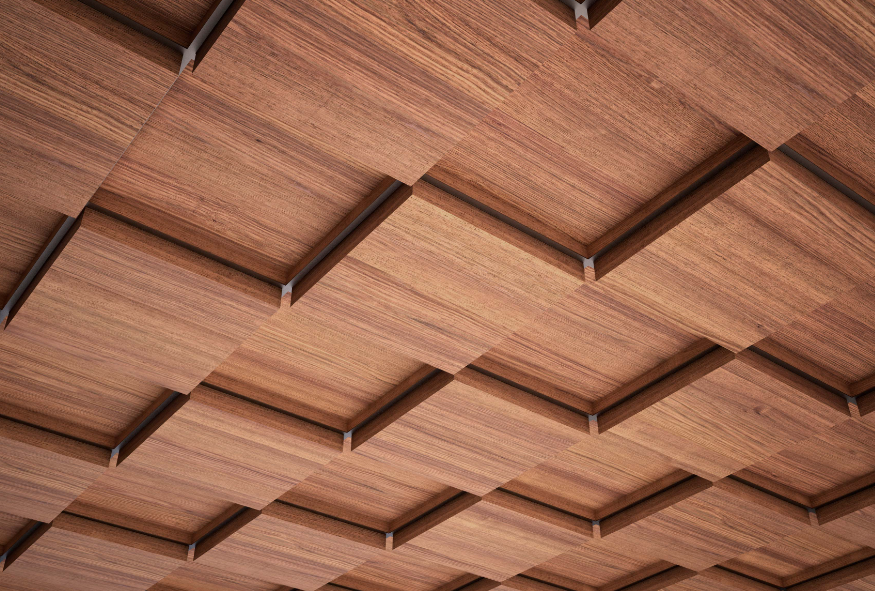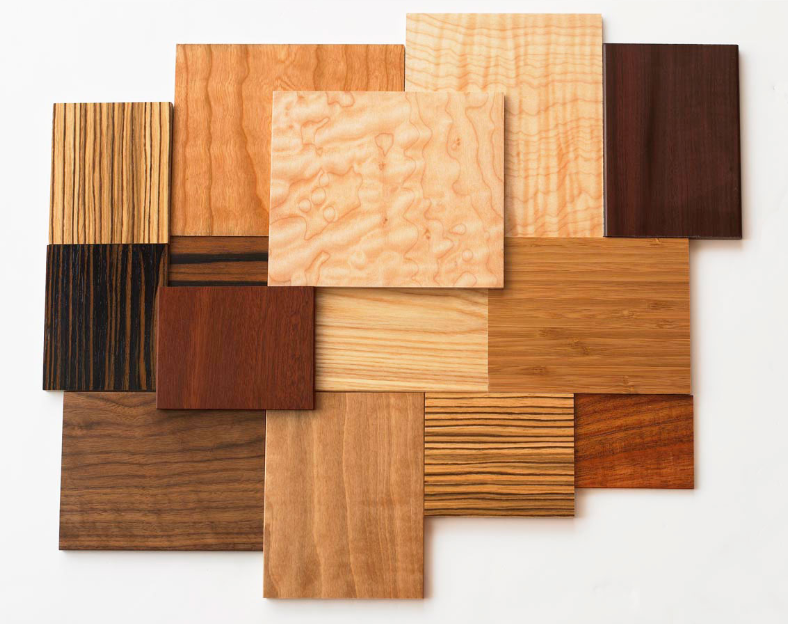Leading Film Faced Plywood Manufacturing

Leading Film Faced Plywood Manufacturing

LVL header is a type of engineered wood that has become increasingly popular in construction projects. LVL stands for laminated veneer lumber, which is made by bonding thin wood veneers together using adhesives. This process creates a strong, durable, and uniform product that is ideal for use in load-bearing structures such as headers and beams.
One of the main advantages of LVL headers is their strength and stability. LVL is stronger than traditional lumber of the same size and can support heavier loads over longer spans. This makes it an excellent choice for use in large openings such as doorways and windows, where a strong header is essential for supporting the weight of the structure above.
Another benefit of LVL headers is their versatility. They come in a wide range of sizes and thicknesses, making it easy to find the right product for your specific needs. LVL headers are also easy to work with and can be cut and shaped using standard woodworking tools. Overall, LVL headers offer a strong, stable, and versatile solution for load-bearing structures in construction projects.

LVL stands for Laminated Veneer Lumber, which is a type of engineered wood product that is used for headers. LVL headers are made from thin layers of wood veneer that are glued together with a strong adhesive. This process creates a strong and durable product that is resistant to warping, twisting, and shrinking. LVL headers are commonly used in residential and commercial construction for load-bearing applications such as door and window headers, floor joists, and roof rafters.
Headers are an important part of the structural hierarchy of a building. They are responsible for transferring the weight of the structure above them to the foundation below. Without a strong and properly sized header, the structure could experience sagging, cracking, or even collapse. LVL headers are an excellent choice for load-bearing applications because they are stronger and more dimensionally stable than traditional lumber.
When selecting an LVL header, it is important to consider the load requirements of the application. LVL headers are available in a variety of sizes and grades, and the selection should be based on the load requirements of the application. It is important to consult with a structural engineer or building code official to ensure that the selected header is appropriate for the load requirements of the application.
In summary, LVL headers are a strong and durable option for load-bearing applications in residential and commercial construction. Proper selection and installation of LVL headers is critical to the structural integrity of the building.

When designing an LVL header, there are several factors to consider to ensure that it will be strong and durable enough to support the load it is intended for. Here are some key considerations to keep in mind:
LVL headers come in a variety of sizes and grades, so it is important to select the right one for your project. The size of the header will depend on the span it needs to cover and the load it needs to support. The grade of the LVL will depend on the specific design values required for your project. You can refer to LP Building Solutions or Weyerhaeuser for available sizes and grades.
When installing an LVL header, it is important to make sure it is properly aligned and evenly spaced. The header should be installed so that it is level and straight, and it should be secured to the framing on either side with the appropriate fasteners. It is recommended to use metal hangers to provide additional support and ensure proper alignment. You can refer to JLC Online for detailed installation instructions.
In addition, it is important to make sure that the header is properly supported by the framing below it. The framing should be designed to transfer the load from the header down to the foundation. This can be accomplished through the use of posts or columns, or by using load-bearing walls or beams.
By taking these factors into consideration when designing and installing an LVL header, you can ensure that it will be strong, durable, and able to support the load it is intended for.
When it comes to framing a house, headers are a critical component that supports the weight of the load above openings like doors and windows. Laminated Veneer Lumber (LVL) headers are an excellent choice for most primary load-carrying beam applications. Here is how you can implement LVL headers on your construction project.
To implement LVL headers, you need to follow a specific HTML structure. First, you need to determine the size of the header required for the opening. Then, you need to cut the LVL header to the required size and nail it to the top of the opening. The LVL header should be supported by jack studs on either side of the opening.
To ensure that the LVL header is properly installed, you need to follow specific CSS styling guidelines. First, you need to ensure that the LVL header is level and straight. Any deviation from level or straight will result in an uneven load distribution, which can cause structural damage to the building.
Second, you need to ensure that the LVL header is adequately supported by jack studs on either side of the opening. The jack studs should be properly secured to the header and the top plate of the wall. Any movement or shifting of the jack studs can cause the header to sag or fail, resulting in structural damage.
In conclusion, implementing LVL headers requires careful planning and execution. By following the proper HTML structure and CSS styling guidelines, you can ensure that the LVL headers are installed correctly and will provide the necessary support for the load above the openings.
When it comes to choosing between LVLs and 2x12s for headers, accessibility is an important consideration. Here are some accessibility considerations to keep in mind when selecting header materials.
Screen reader users rely on the structure of headings to navigate a web page. It is important to use proper heading tags in the correct order to ensure that screen reader users can understand the hierarchy of content on the page. According to The A11Y Project, “Heading levels have meaning, especially for screen reader users and search engines. That means one unique first level heading per page, with the other headings representing the page content.” Using LVL headers can help ensure that the headings are strong enough to be properly recognized by screen readers.
Keyboard navigation is another important accessibility consideration. Users who are unable to use a mouse or trackpad rely on keyboard navigation to move through a web page. It is important to ensure that all interactive elements on the page are accessible via keyboard. LVL headers can help ensure that the header area is strong enough to support keyboard navigation.
In summary, when choosing between LVLs and 2x12s for headers, it is important to consider accessibility. Using LVL headers can help ensure that the headings are strong enough to be properly recognized by screen readers, and can help ensure that the header area is strong enough to support keyboard navigation.
When using Lvl headers in your construction projects, there are a few best practices that you should keep in mind to ensure consistency and visual clarity.
One of the most important aspects of using Lvl headers is consistency. You should use the same size and grade of Lvl header throughout your project to ensure that the load is distributed evenly and that the structure is stable. Using different sizes or grades of Lvl headers can lead to uneven distribution of load, which can compromise the safety and stability of the structure.
Another important aspect of using Lvl headers is visual clarity. You should ensure that the headers are clearly marked and labeled so that they can be easily identified during the construction process. This can help to prevent mistakes and ensure that the headers are installed correctly.
To ensure visual clarity, you can use color coding or labeling systems to differentiate between different sizes or grades of Lvl headers. You can also use clear labeling and marking systems to indicate the location and orientation of the headers.
By following these best practices, you can ensure that your Lvl headers are installed correctly and that your construction project is safe and stable.
If you are interested in any of our products or would like to discuss a customized order, Please feel free to contact us.